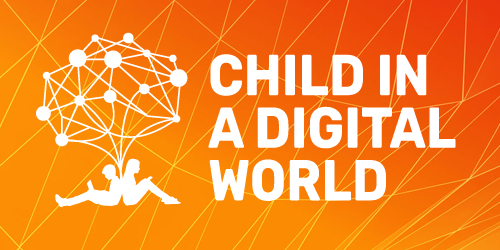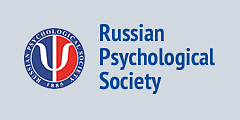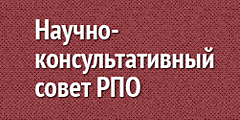Cognitive psychology
-
The Manifestation of Incidental Findings in Different Experimental Visual Search Paradigms
-
Multitasking as a Personal Choice of the Mode of Activity in Russian Children and Adolescents: Its Relationship to Experimental Multitasking and its EffectivenessPDF HTML4652“ CITE
Soldatova, G.U., Rasskazova, E.I. (2022). Multitasking as a Personal Choice of the Mode of Activity in Russian Children and Adolescents: Its Relationship to Experimental Multitasking and its Effectiveness. Psychology in Russia: State of the Art, 15(2), 113-123. DOI: 10.11621/pir.2022.0208
copied
-
The concentric model of human working memory: A validation study using complex span and updating tasks
-
Gaze-and-brain-controlled interfaces for human-computer and human-robot interaction
-
Structure of conceptual models in the senior operating staff of nuclear power plants
-
The application of virtual reality technology to testing resistance to motion sickness
-
Technology-related transformations of imaginary body boundaries: Psychopathology of the everyday excessive Internet and mobile phone use
-
Not all reading is alike: Task modulation of magnetic evoked response to visual word
-
Cognitive aspects of human motor activity: Contribution of right hemisphere and cerebellum
-
Exploring terra incognita of cognitive science: Lateralization of gene expression at the frontal pole of the human brain
-
Lenses on metacognition: Teachers’ perceptions toward strategies in reading in a Pakistani context
-
The interconnection of learning ability and the organization of metacognitive processes and traits of personality
-
Components of metacognition and metacognitive properties of forecasting as determinants of supra-situational pedagogical thinking









